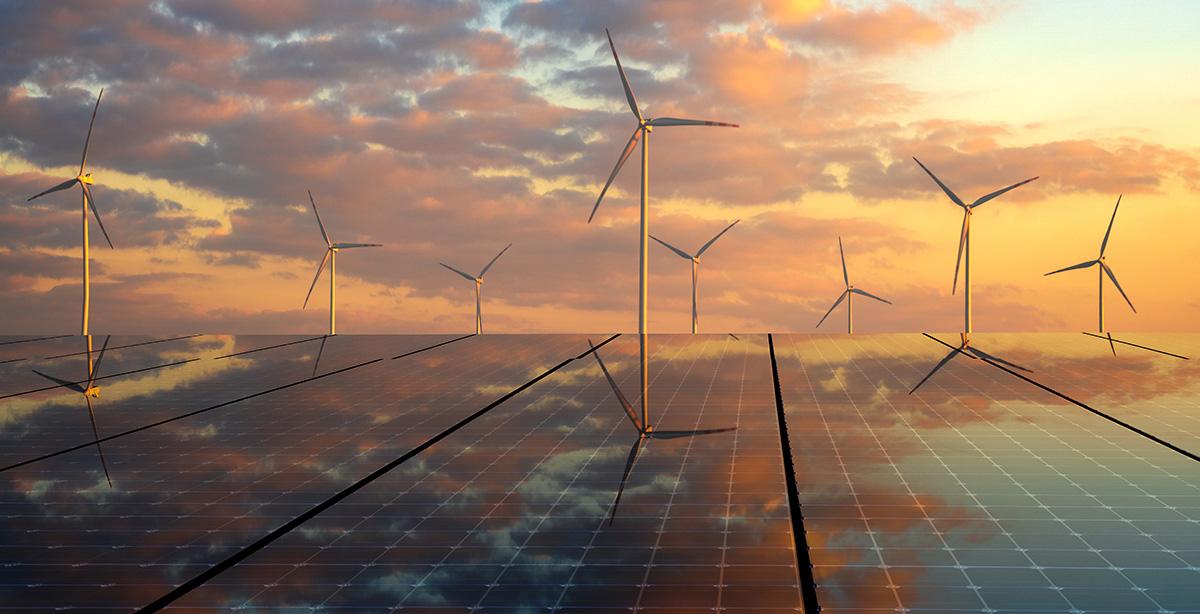Author | Raquel C. Pico
Renewable energies are a cornerstone in the journey towards city sustainability. Without transitioning to clean energy sources and reducing our dependence on fossil fuels, achieving the established sustainability goals that are essential for addressing the challenges of the climate emergency will be impossible. It is within this context that the potential of solar power truly stands out.
Solar power production harnesses solar radiation to generate electricity and produce heat. It achieves this in a clean manner without depleting natural resources. Furthermore, solar power offers significant added value for cities: unlike other forms of energy production, it does not generate acoustic pollution.
As a result, solar power is increasingly becoming a focal point in urban planning. After all, cities are among the major consumers of energy. Statistics from the European Commission highlights that 80% of the world’s population lives and works in urban areas, where 80% of all energy is consumed. Given that the urban population is continually growing and will continue to do so in the coming years, energy consumption will also keep increasing.
How solar power production changes urban planning

Despite its immense potential, incorporating solar power into urban infrastructure comes with its own set of challenges. As indicated in the Solar Cities study by Solar Power Europe, solar projects must address concerns such as costs, space limitations, and citizen apathy. The latter issue can be addressed through transparency and education about the benefits and importance of solar power.
There are solutions to the others too. They must be included in urban planning. Although cities have limited space for installing these infrastructures, the truth is that solar power sources can be quite varied. This allows cities to harness their potential by integrating solar power into existing infrastructures or creating new spaces and opportunities.
While solar farms, large plots of land filled with panels to capture sunlight, are commonly thought of, the options for generating solar power are much broader. Any surface that receives sunlight can be utilized for solar power generation. For example, solar windows, which integrate solar cells within the glass to capture energy, are already being tested. Additionally, experiments are being conducted with roads featuring awnings that provide shade while capturing energy. The latter example is particularly interesting as it addresses another major urban issue: the need to create climate shelters for people during the warmest periods.
Cities are transforming the roofs of their buildings and establishing solar plants in nearby areas to produce energy.
Furthermore, cities and their residents can collaborate on developing and maintaining the energy network. One of the proposals in the aforementioned Solar Cities study is to promote energy sharing. Another is to create energy communities.
Regarding costs, recent figures from the International Energy Agency (IEA) indicate that the prices of solar power production modules dropped by around 50% in 2023, while the manufacturing capacity has tripled compared to 2021. In other words, more devices are being manufactured, and they are being sold at a lower price. This drop in the prices of solar infrastructure could further accelerate this transformation, making it more accessible to a greater number of cities and across more diverse geographies.
Leaders in the use of solar power
In fact, in general terms, renewable energy production has risen notably in recent years, and the growth of solar power is one of the key factors driving this increase. According to figures from the most recent annual IEA study, global renewable capacity increased by 50% in 2023, marking “the fastest growth of recent decades”. Solar production accounts for three quarters of this increase.
China is the main market behind this increase. According to the IEA, in 2023, China, with its solar power plants, matched the solar energy production that the rest of the world achieved in 2022. Therefore, it comes as no surprise that China is the leading country in solar production. Among the top 10 countries with the largest production capacity, China holds the first position, significantly ahead of the other leading economies. China leads the list with a capacity of 393,032 megawatts (2022 figures), followed by the United States (113,015), Japan (78,833), Germany (66,554), India (63,146), Australia (26,792), Italy (25,083), Brazil (24,079), the Netherlands (22,590) and South Korea (20,975).
Spain (20,518), Vietnam (18,474) and France (17,419) are also very close to the top ten countries in solar production.
Cities demonstrating the highest dedication to solar energy
Establishing a global ranking of cities at the forefront of solar energy is challenging due to incomplete sources. They tend to be compared by markets and these calculations often focus on economies of the so-called global north. According to CDP calculations, around one hundred cities worldwide get at least 70% of their electricity from renewable sources. Additionally, out of 620 cities analyzed, 184 use solar power.
In the United States, the ranking of cities with the highest dedication to solar power is led by Honolulu, in Hawaii, followed by Las Vegas (Nevada), San Diego (California), Alburquerque (New Mexico) and San Jose (California), Honolulu’s production capacity is equivalent to three solar panels per resident.
Insights drawn from successful experiences

But, what do solar cities do and how do they use their solar power production? At times, solar power plays a pivotal role in urban energy mix transitions, aiding in the pursuit of carbon neutrality or footprint reduction.
In Adelaide, Australia, the integration of solar and wind power in their urban energy strategy underscores their aim to achieve carbon neutrality before 2025. This energy transition is also perceived as an integral component of the city’s broader, more holistic vision. This is complemented by a green transportation strategy, which includes the development of bike lanes and the promotion of electric vehicles.
In some cases, solar power emerges as the solution to avoid repeating the errors of other cities. Cocody, a city council within the urban area of Abidjan in Côte d’Ivoire, has addressed escalating energy demands by implementing solar production initiatives. It is the energy utilized to power public infrastructure. In fact, according to estimates from CDP, the potential for solar and wind power is exceedingly high for African cities. Dar es Salaam (Tanzania), Harare (Zimbabwe) and Mazabuka (Zambia) are three examples.
It is worth noting that solar production is functional across all climates, although certain climates may be more conducive to optimal efficiency. London, United Kingdom, currently meets half of its municipal offices’ electricity needs through a solar farm in Dorset. Meanwhile, Huttwil, Switzerland, is building a pioneering neighborhood aimed at supplying residents with self-generated solar power to meet their electricity requirements.
Photos | Manny Becerra, Bill Mead, wong zihoo






















































